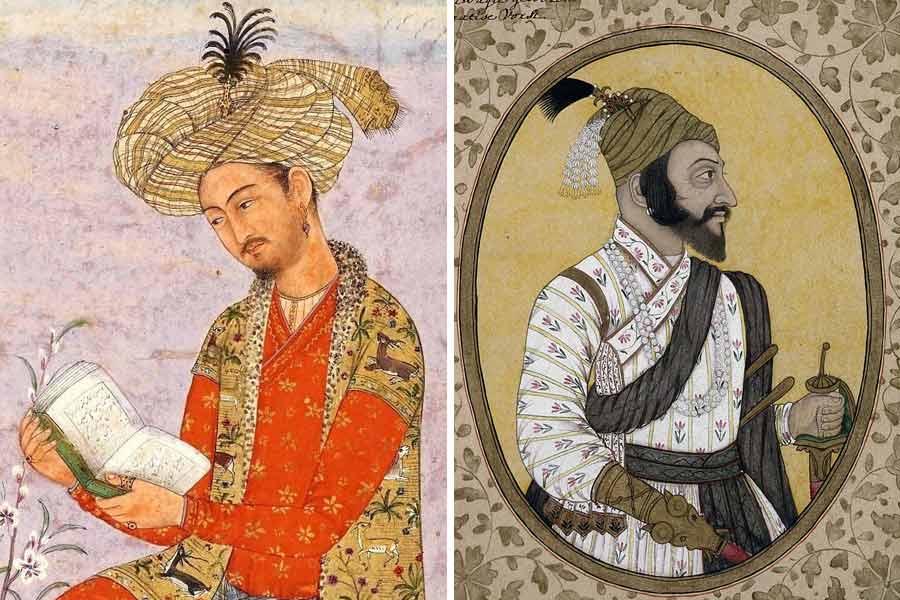 |
| Rosemary Crill interacting with the audience after her talk on Monday. Picture by Aranya Sen |
Long, long before the “ethnic” look had caught on in our country, Indian textiles could make a fashion statement in 18th Century Europe. Rosemary Crill, senior curator in the Asian department at the Victoria & Albert Museum, London, during her highly informative talk on the export of chintz from India and its impact on the commerce of lifestyle products in contemporary Europe, projected Drouais’ painting of Madam Pompadour in a chintz dress.
Pompadour is busy with her embroidery, while her dog tries its best to attract her attention. Earlier, Crill said, the chintz was mistaken for painted Chinese silk. But she is confident of the textile’s provenance. The talk was organised by Weavers Studio on Monday.
In a painting belonging to the Napoleonic era, David painted Madam Recamier in a flowing Empire-style dress. The textile, Crill said, was muslin.
Crill’s lecture was illustrative of the fact that centuries before words like “globalisation” were coined, Indian craftspeople modified the designs they created according to the demands of specific markets, and the soft and pliant cotton fabric from India could spark off insurrection among weavers of Britain, whose survival was threatened by the export trade.
In her talk, Crill also traced the evolution and flowering of the art of kalamkari and printing, and, obliquely, embroidery. In kalamkari, the gods and goddesses of the Hindu pantheon transmuted to what she called “pan-Islamic” design elements, under the patronage of the great Muslim rulers.
Illustrating her talk with slides, she spoke about the ancient and intricate process of painted-printed resist dyed cloth that was kalamkari, derived from the Persian word kalam meaning pen, and kari, or work. When we use the adjective “chintzy” we forget the etymology of that word. Chintz grew from the Indian chint or chitta (speckled), words still in common use. The word kalamkari began to be applied to chintz around the 17th Century.
Kalahasti, close to the temple town of Tirupati, was the centre where kalamkari thrived. It was produced as temple cloth and was preserved by kings, landlords and temples till the 1950s. The smoke from fires fumigated the cloth and kept away pests.
Before the Europeans arrived, chintz was exported to the markets in south-east Asia and Iran and designs were adapted according to local tastes. Crill showed how human figures, the tree of life and other fantastic creatures from Persian miniatures had crept into designs. The workmanship was of the highest order, the best produced anywhere in the world.
There was a great demand for it in the local market, too, and was used as floor spreads, wall hangings and screens or qanat. Chintz provided a flexible, but reasonably rigid wall, and was used to partition halls in palaces.
The East India Company was initially interested in chintz only because it could barter the fabric for spices from Indonesia. This Patola, said Crill, was generally adorned with floral motifs.
But chintz soon caught the popular imagination in Europe. Samuel Pepys, in his diary, wrote about the bolts of this cloth he bought for furnishing. At home he wore a banian, tailored from Japanese-inspired chintz. It was not used in the grandest rooms. In the beginning, only poorer people dressed in it. Later, it was used for informal wear in the highest social circles.
Local weavers called for a ban on chintz export and Daniel Defoe wrote a pamphlet in their support. But swadeshi didn’t appeal to grand ladies and chintz was smuggled in via Kent.
However, Swiss printers of Alsace soon devised the means of printing chintz. The process was perfected at Jouy near Paris. Thus ended the import of chintz.










